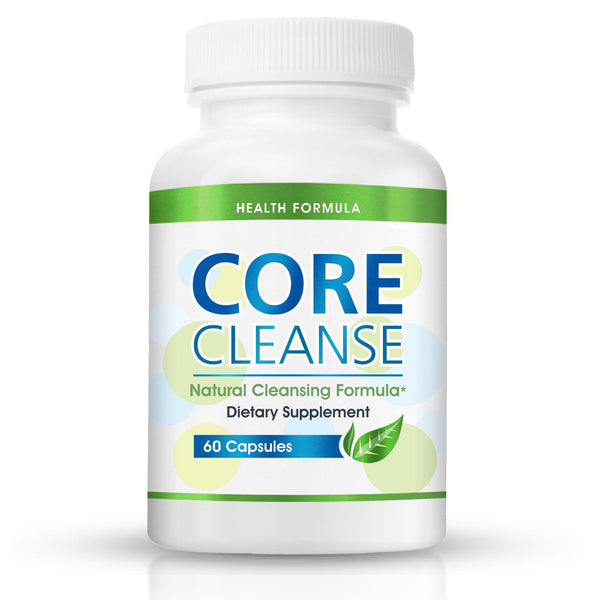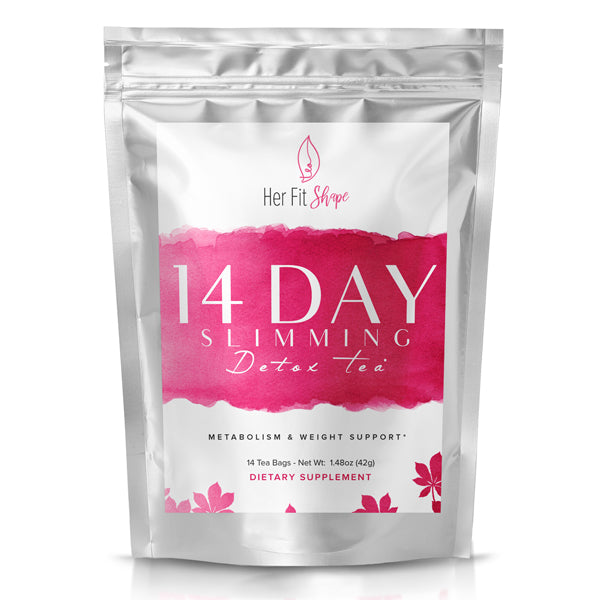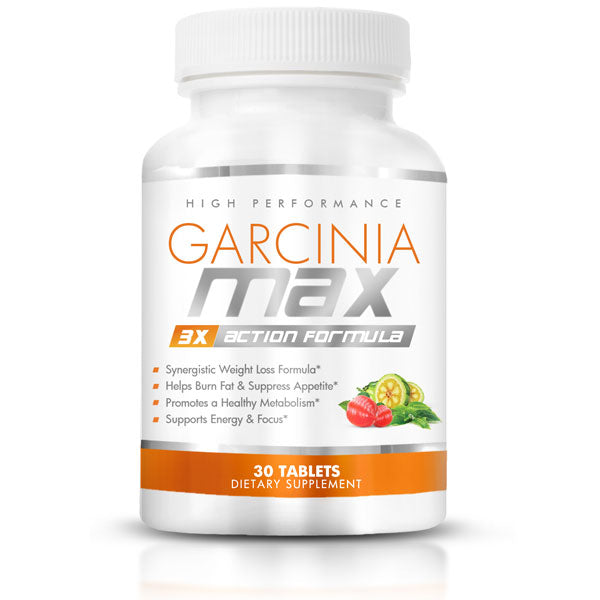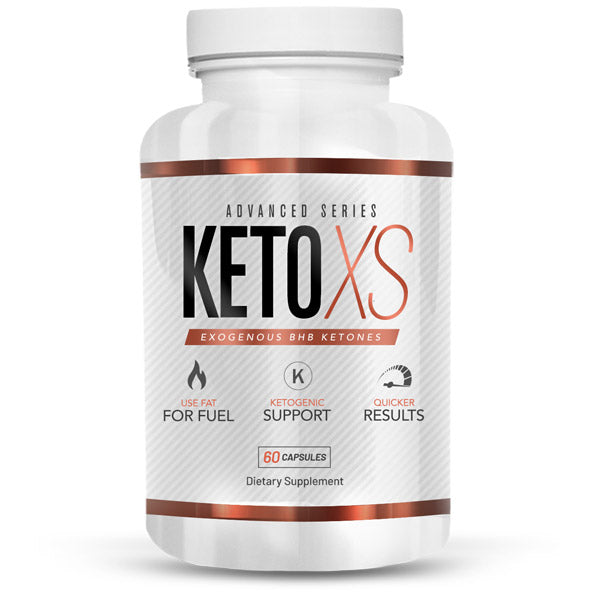4 Healthy Eating Tips For Busy Families Like Yours
Table of Contents
It can be hard for busy families these days to eat right and stay healthy. When you and your partner are working all day, when the kids are busy with school, homework, and sometimes after-school activities, ordering out can seem like a great solution. But in the end, not only does eating out more than once per week add up, but eating all that processed food with trans fats, excess salt, and refined carbs will take a slow and steady toll on your family's health as well.
But it's not impossible to change your ways. With a little effort, you can set yourself and the rest of your family up for healthy eating habits that can last a lifetime. For starters:
1) Prepare Your Meals Ahead of Time
Having healthy food on hand ready to go is a great way to avoid the temptation of unhealthy and expensive takeout meals. Pick a day - try something on the weekend, when you and your partner are off work and have plenty of time to spend in the kitchen with the kids - and have yourselves a "Family Food Day".
One of our regular readers, Cassie J. from Santa Cruz, makes a big deal about recruiting her two kids and husband in the process. "If we need to grill any meat, my husband is the grill master for the day. My two kids, 9 and 11, help me prep ingredients for dinner time entrees like lasagna and freezable side dishes that we can cover with foil and pop in the oven for later during the week. The kids take part in prepping their school lunches for the week, too."
2) Secret Nutrition Infusions
The produce aisle at your local supermarket is a secret treasure trove of essential vitamins and other micronutrients that your bodies need in order to stay healthy. But how do you sneak them into your family's food, especially if you have picky eaters in your house?
Dark leafy greens, like spinach or chard, can blend well with most sandwiches, especially those made of lean deli meats and/or cheese. Chopping up your vegetables into tiny pieces can help disguise them in pasta sauces and baked dishes. Lastly, update your spice rack! Sprinkling a little garlic, black pepper, some paprika, or other popular spices over sautéed vegetables can mask unappealing scents and make them more enjoyable.
And the good news is that most fresh produce, especially if it's in season, is much cheaper than the "healthy" version of their processed comparable counterparts. And speaking of value, that brings us to our next point.
3) Shopping Healthy on a Budget is Easier than You Might Think
Food companies are doing the prudent - although questionable - thing by slapping an "organic" label on new food choices and charging you more at the register. And yes, it is cheaper for companies to produce cheap, unhealthy food while also avoiding the extra costs of the organic certification process, which is the explanation they use to justify increased prices for healthy food options.
But there are ways to get the healthy food you and your family need without bleeding your wallet dry. As we mentioned a moment ago, fresh and in-season produce is some of the cheapest food you'll find at the grocery store. Yes, you may have to pay for that discount with a little extra preparation time, but by planning your meals (as discussed in tip #1) and getting the whole family involved can definitely reduce this time-cost.
And finally, repeat after us: sales, coupons, and bulk purchases. You can dramatically cut costs on healthy foods by waiting around for the right sale, or by clipping coupons. Also, lean healthy protein tends to be more expensive, unless you buy in bulk and store it properly in your freezer. Just make sure to follow proper food safety instructions for freezing, thawing, and cooking.
4) Healthy vs. Unhealthy Fats: Know the Difference!
Unfortunately, there has been a war on fat going on at the grocery store for about the past 3-4 decades now. Thankfully, careful scientific research has been going over all the old data that says "fat = bad" and finally admitting they were wrong. Unfortunately, we've replaced fat with processed carbs, sugar, and trans fats in an effort to avoid the Fat Boogeyman for the past 30-40 years, and it has caused a plethora of health problems from increased diabetes risk to more complications from heart disease.
Luckily, there is one simple way to tell the difference between a "good" and a "bad" fat: fat that comes from a natural source, either plant or animal, is generally healthy and easier for your body to process. Vegetable/plant sources of healthy fats usually come from avocados, coconuts, olives, and various nuts and seeds. Healthy animal fats come from unprocessed fish, eggs, organic yogurt, unsalted butter, sour cream, and milk.
For any food that comes from a package, a bag, or a box: beware of the fat content, and pay very close attention to the label. A laundry-list of chemicals you have trouble pronouncing is a bad sign that you're about to ingest some unhealthy fats. Also, if you're reaching for the low-fat and no-fat packaged foods at the store because you are worried about calories, consider the tradeoff: consuming a healthy, nutrient dense calorie will lead to fewer long-term health problems than replacing fats with calorie-free processed foods just to meet a short-term weight loss goal.
We hope you've enjoyed these family-friendly tips for eating healthy, and we hope you have a chance to incorporate some (or all) of them in your home soon!




